In recent years, ecotourism and community tourism in Ca Mau have increasingly attracted many domestic and international tourists to visit and experience new and attractive tourism products.
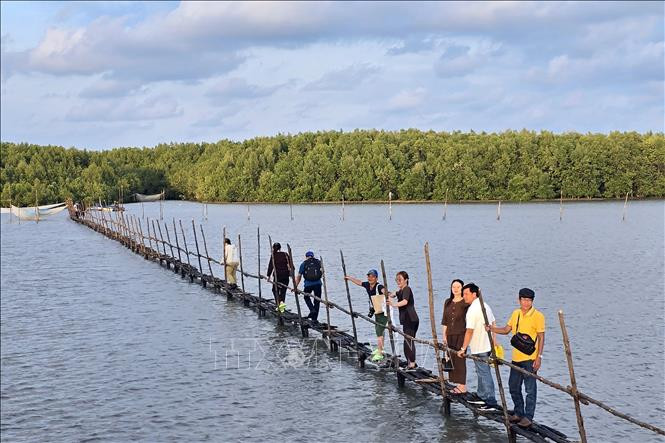
Many attractive tourism products
Many community ecotourism spots in Ca Mau have become ideal places for domestic and foreign tourists. In Ca Mau, the community ecotourism model is currently strongly developing, attracting many people and tourists to visit and experience.
Le Duy Dal (from Bac Lieu province) excitedly shared that he and a group of young friends had a trip to Ca Mau with unforgettable experiences. The scenery in Ca Mau Cape is very charming, although I did not have the opportunity to see the sunrise in the East Sea, I was able to admire the beautiful sunset and see the sun set in the West Sea. At Ca Mau Cape, I was very excited to go down to the sandbank to dig for clams, then enjoy the irresistible fragrant coconut-boiled clams that the group had just caught from the sea. At night, I went to experience catching crabs in the mangrove forest, unearthing traps to catch shrimp and crabs in shrimp farms...
Mr. Le Van Que (79 years old, from Nam Dinh province) said that the first time he came to Ca Mau Cape - where "the land knows how to bloom, the forest knows how to walk and the sea thrives", he was very impressed when he saw the vast green primeval mangrove forests and admired the charming scenery of Ca Mau Cape, took souvenir photos at the National GPS 0001 (kilometer 0) of Vietnam... Visitors coming here can experience sitting on winding canoes, surfing the waves to explore through the mangrove forests, admiring the beautiful scenery of the sea and sacred islands in the southernmost part of the country.
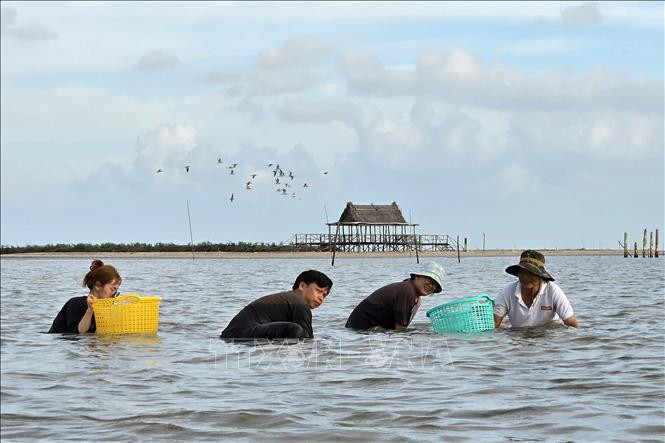
According to tourists' comments, every time they come to Ca Mau, they see innovation and beautiful development. The cuisine here is very rich in flavor, imbued with the cultural identity of the West, including specialties such as shrimp, crab, clam, mussel, clam, snail, mudskipper... Many new tourism products have created excitement and impression for tourists. Many tourists hope to return when they have the opportunity to discover more new things in the land, with friendly and hospitable people.
Ca Mau owns many outstanding tourist attractions such as Ca Mau mangrove forest - one of the world's wetland ecosystems, bringing high ecological value. Natural mangrove and cajuput forests are not only home to many species of flora and fauna but also an ideal setting for exploration, photography and experience activities.
The community ecotourism site of Mr. Tran Van Huong's family in Con Mui hamlet, Dat Mui commune, Ngoc Hien district often attracts a lot of visitors to visit and experience tourism products during holidays and Tet. Mr. Tran Van Huong shared that developing community ecotourism associated with forest protection is a model that brings many benefits to his family and local households. To develop sustainable tourism, we must first protect the forest and preserve the primeval forest trees, because most domestic and international tourists coming here enjoy experiencing mangrove forests, catching crabs, digging for clams, spreading nets to catch fish, setting traps to catch aquatic products (shrimp, crab, fish) in shrimp farms under the canopy of mangrove forests.
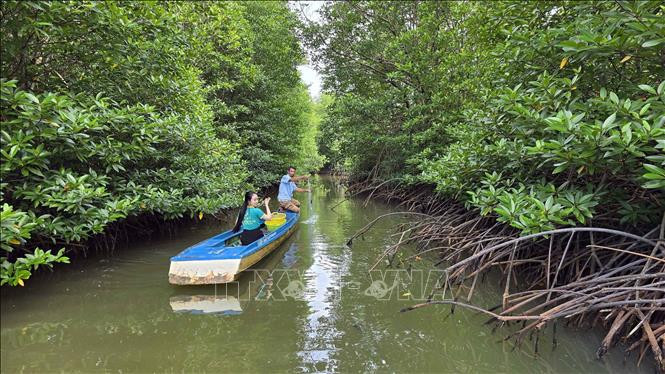
Households doing community ecotourism in Ca Mau Cape also contribute to stabilizing jobs for many local workers, thereby limiting the situation of people cutting down trees in the forest.
Mr. Tran Van Huong hopes that the provincial authorities will continue to pay attention to investing in developing transport infrastructure, creating favorable conditions for tourists to come to tourist destinations by both waterway and road; organize training to improve knowledge, skills and experience for those participating in community tourism to make tourism more professional.
The tourist site of Mr. Tran Van Sal (Sau Sal) was established just a few years before the COVID-19 pandemic, but this tourist site has a great advantage because it is located in the Thi Tuong Dam area (Ba Tuong Dam) with an area of about 700 hectares, bordering the three districts of Phu Tan, Cai Nuoc and Tran Van Thoi. Thanks to that, the tourist site of Mr. Sau Sal has been visited by many domestic tourists.
Mr. Sau Sal, the owner of a community ecotourism household in Tan Loi hamlet, Phong Lac commune, Tran Van Thoi district, said that because of his passion for tourism, he himself is willing to travel to explore and learn from many places. Developing a model of aquaculture (crabs, shrimps) combined with tourism has significantly increased income. Currently, his family is raising many types of aquatic products and growing many types of fruit trees to serve tourists; at the same time, he plans to expand tourist destinations, invest in building motels and accommodations to meet the needs of sightseeing and experience of people and tourists.
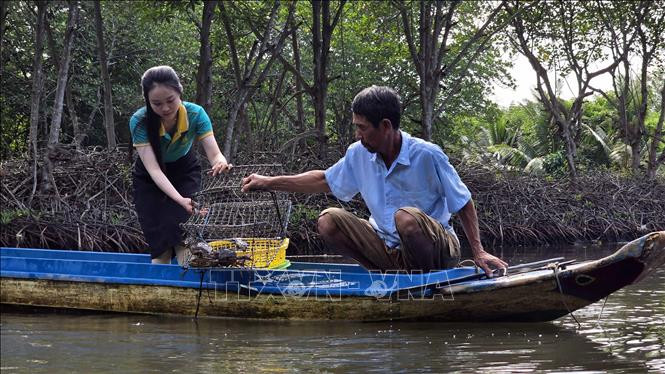
Link and develop tourism products
Ca Mau has many potentials and strengths for tourism development. With two typical ecosystems, the freshwater and saltwater regions, each region and locality has its own advantages. According to Mr. Nguyen Duc Trung, Vice Chairman of the Ca Mau Provincial Tourism Association, in order for community-based ecotourism to gain a solid foothold, tourism professionals must focus on building and developing unique and attractive tourism products. At the same time, clubs, cooperatives, and cooperatives must be formed for easy management and convenience in organizing and linking tourism between tourism households, regions, and localities.
In the trend of developing green and sustainable tourism, the immediate solution for households doing community tourism is to build tourism products that must adapt to the weather, climate change and build new tourism products, meet the needs and create a playground for domestic and international tourists. Mr. Cao Tan Dung, representative of a travel agency in Ca Mau, said that it is important to build tourism products that ensure suitability, difference, and specificity so that tourists can both experience and enjoy local specialties and cuisine to the fullest. The travel agency will be an extension in connecting and contributing to promoting tourism products for local people.
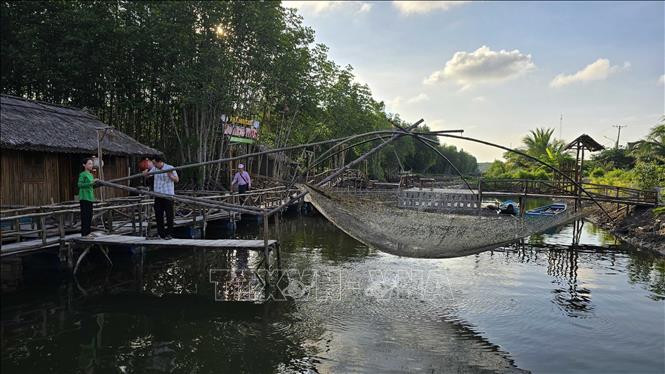
In the tourism development orientation of the province, it has been determined to focus on exploiting eco-tourism and community tourism as the strength. Some experiential products such as: tourist routes through the forest of Mui Ca Mau National Park, introducing to visitors experiential products about the unique diversity of the Mui Ca Mau mangrove ecosystem - the Ramsar World Site associated with experiencing the daily life of people under the forest canopy, learning about the experiences of exploiting products; experiencing the freshwater ecosystem of U Minh Ha National Park with products such as: visiting through the Melaleuca forest, experiencing activities such as fishing, eating bees, and building bee huts...
According to the provincial Department of Culture, Sports and Tourism, eco-tourism combined with resort has been of interest to many investors, implemented in the form of bringing visitors experiences of enjoying beautiful natural spaces combined with cultural exploration activities in some coastal localities. Coming into contact with wild nature, admiring the beauty of the land and sky, breathing fresh air, where there is no vehicle exhaust, high-rise buildings blocking the view, visitors can easily feel more deeply the small details in life, helping to heal and balance life through the delicious taste of each rustic dish, watching the stars at night, listening to the night echoes of the Ca Mau sea.
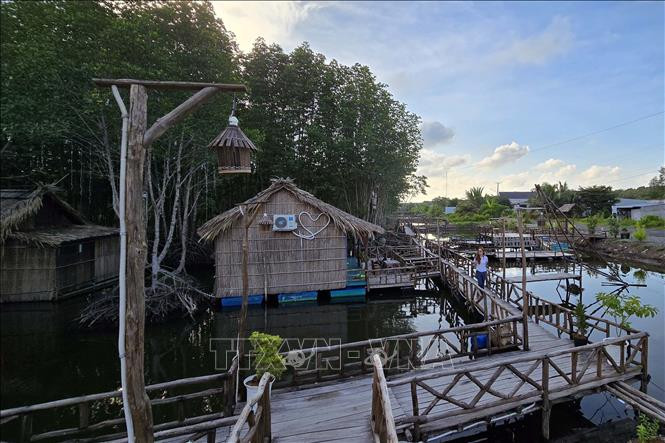
Mr. Tran Hieu Hung, Director of the Department of Culture, Sports and Tourism of Ca Mau province, said that in the near future, eco-tourism combined with resort tourism will certainly become a prominent type of tourism in the province, bringing valuable experiences to tourists as well as attracting more investors to participate in developing high-end tourism products, contributing to reaching more domestic and foreign tourists. Ca Mau has many potentials and advantages suitable for exploitation and development; in which, the Ca Mau coastal area has the Ca Mau Cape wetland area which has been recognized by the Government as an important place in nature conservation, environmental protection, historical relic conservation and national defense security protection. This place is recognized by UNESCO as a world biosphere reserve, recognized by the Ramsar Convention Secretariat as the 2,088th Ramsar site in the world and the 5th Ramsar site in Vietnam. Ca Mau World Biosphere Reserve not only brings great economic benefits but also creates a clean ecological environment, which is a favorable condition for developing eco-tourism, sightseeing, relaxation and scientific research.
In addition, the province has a priority policy for tourism development such as investing in infrastructure construction, upgrading tourist areas and spots; focusing on promoting the image of Ca Mau to domestic and international tourists.
Source



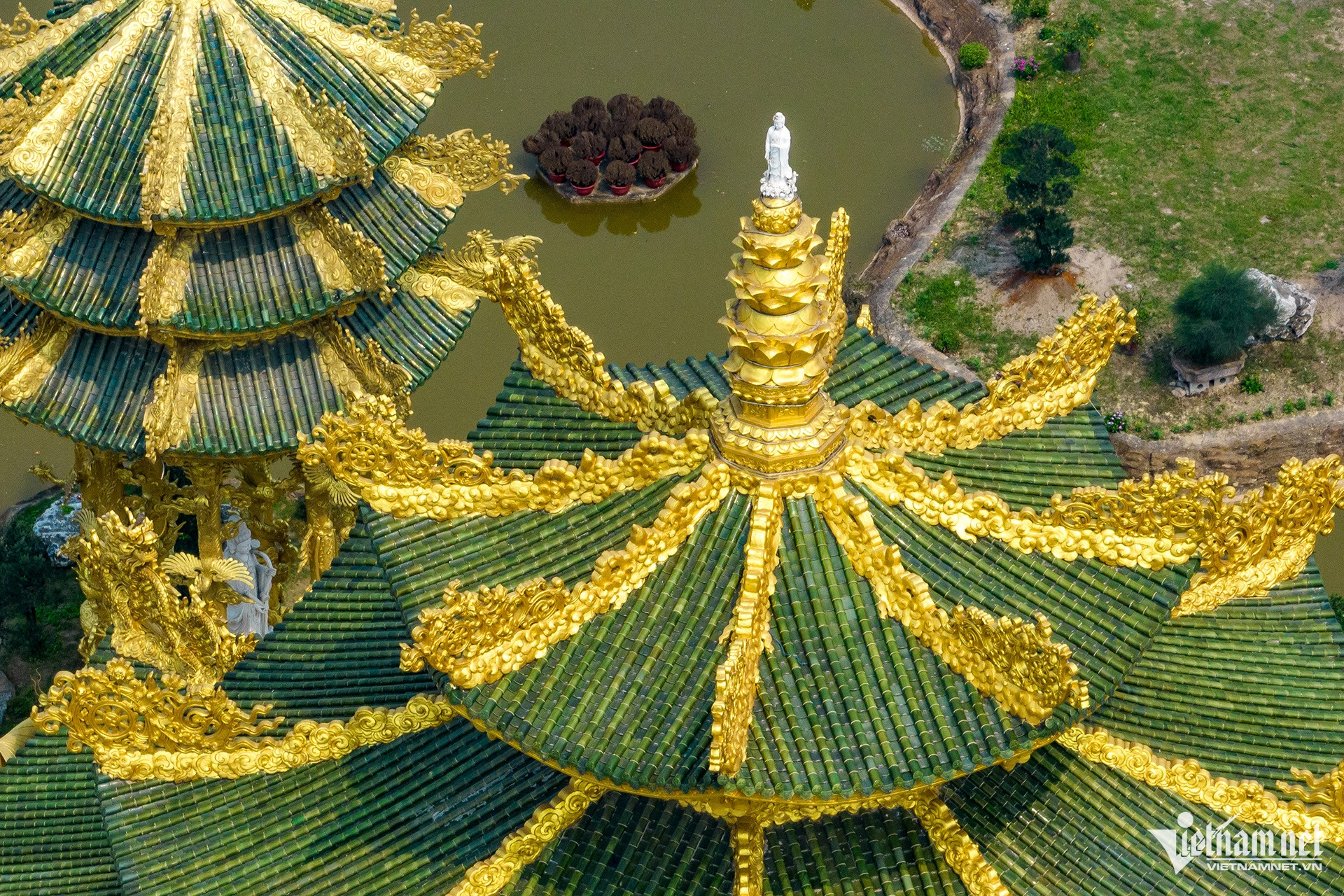

![[Photo] Capital's youth enthusiastically practice firefighting and water rescue skills](https://vstatic.vietnam.vn/vietnam/resource/IMAGE/2025/4/3/3f8481675271488abc7b9422a9357ada)


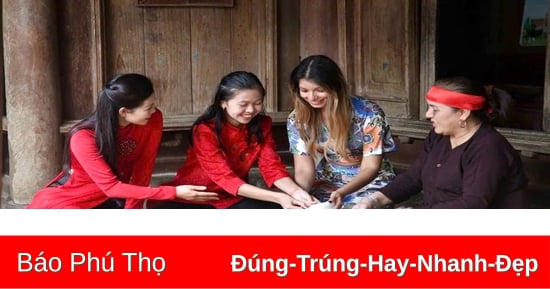
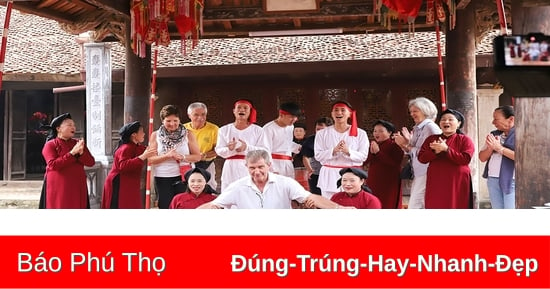
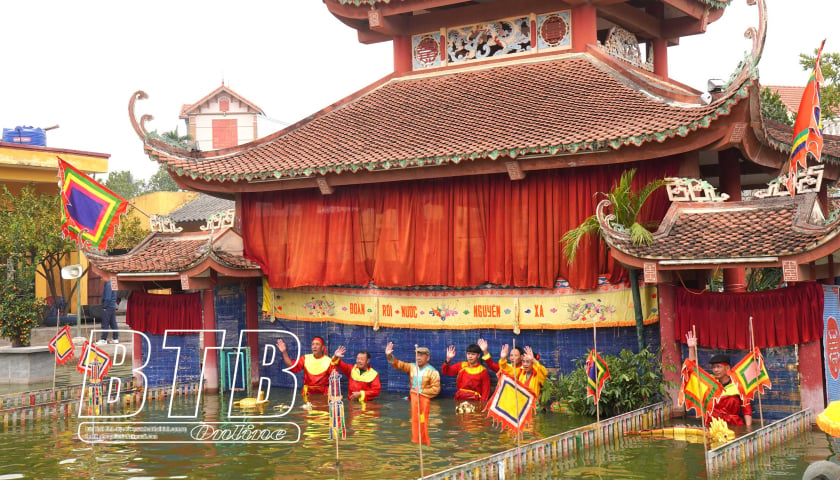

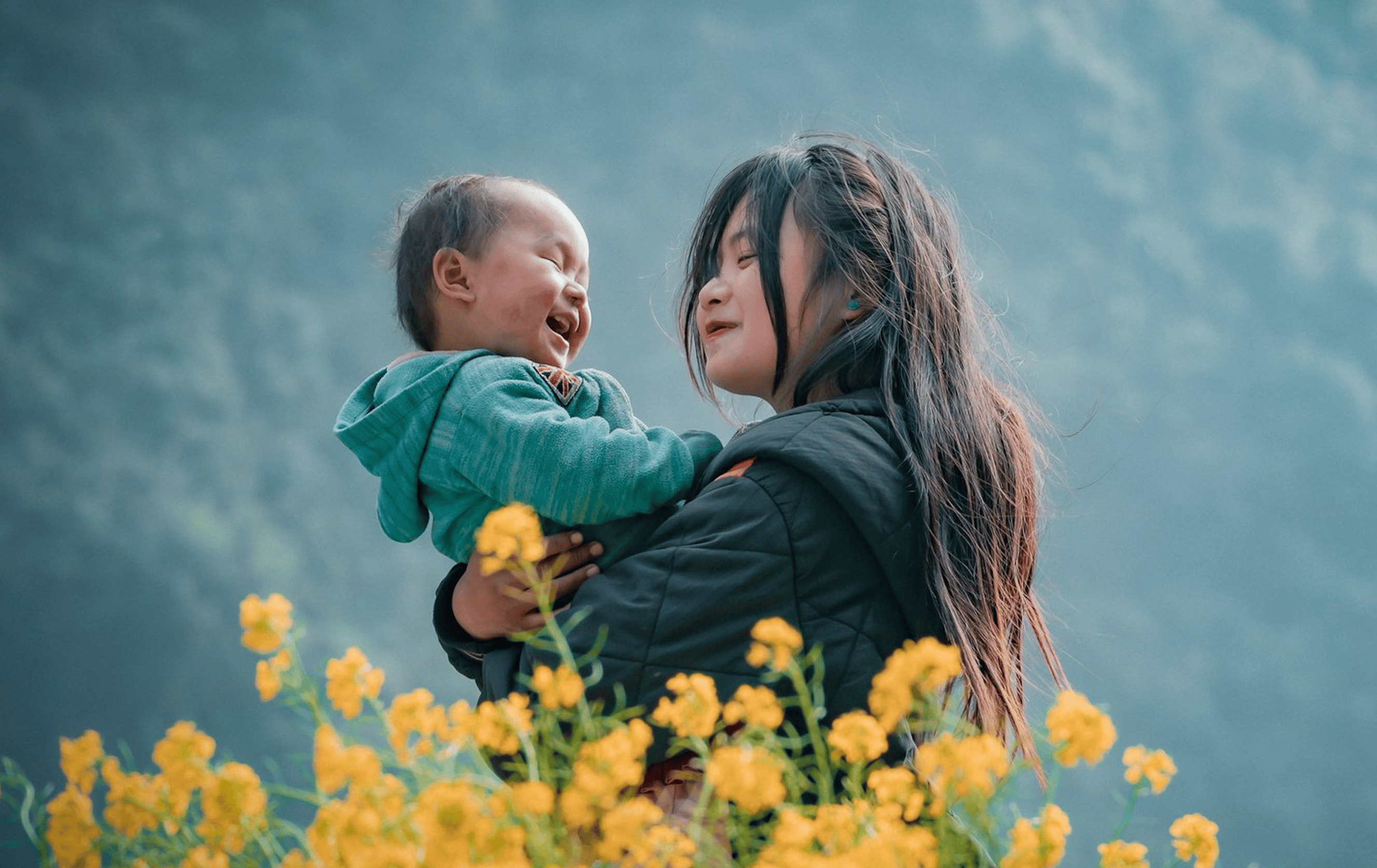

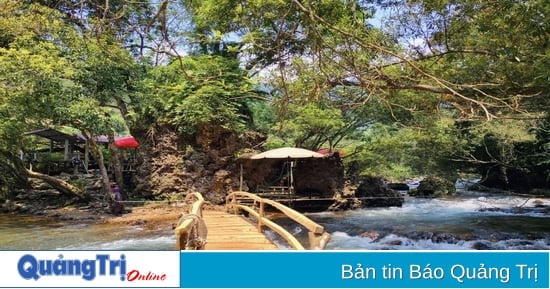

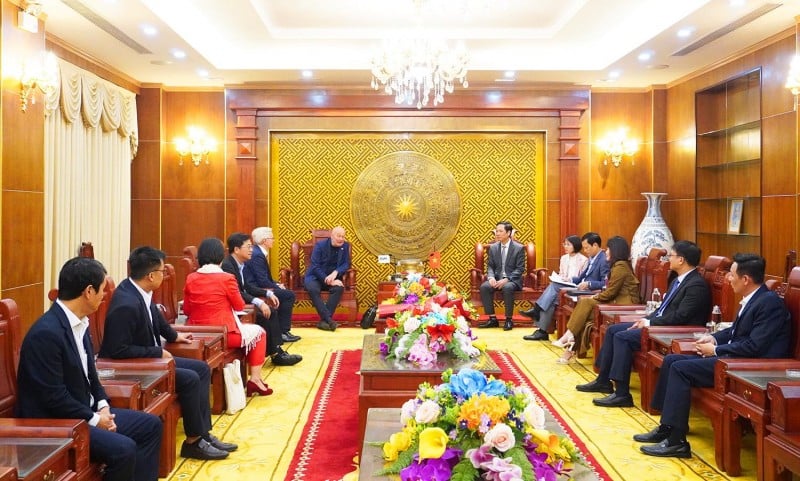



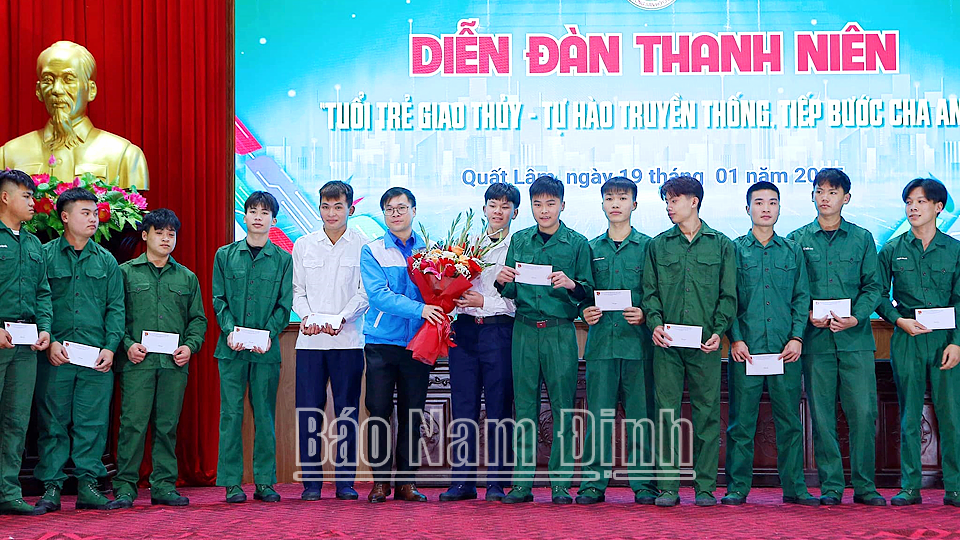
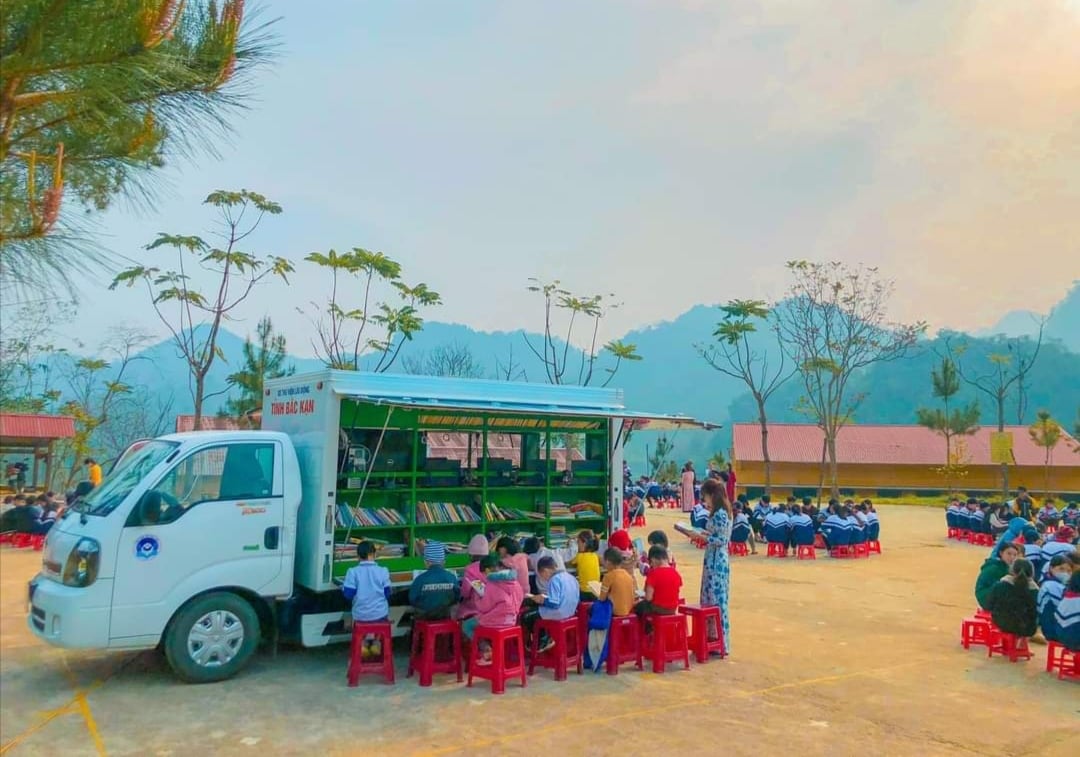
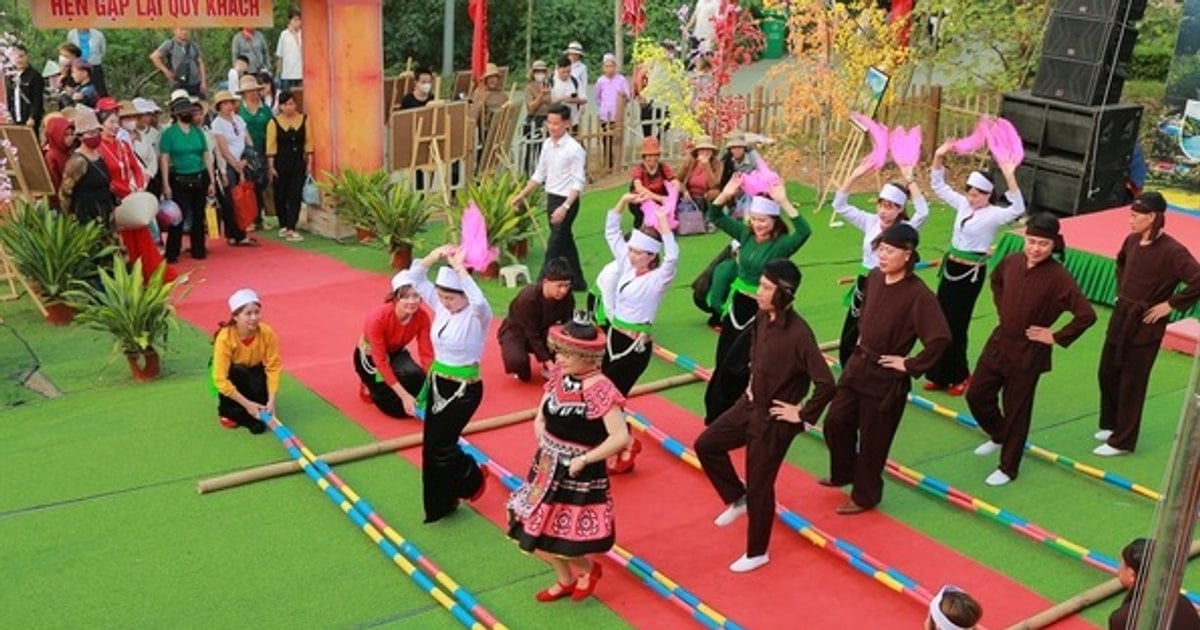






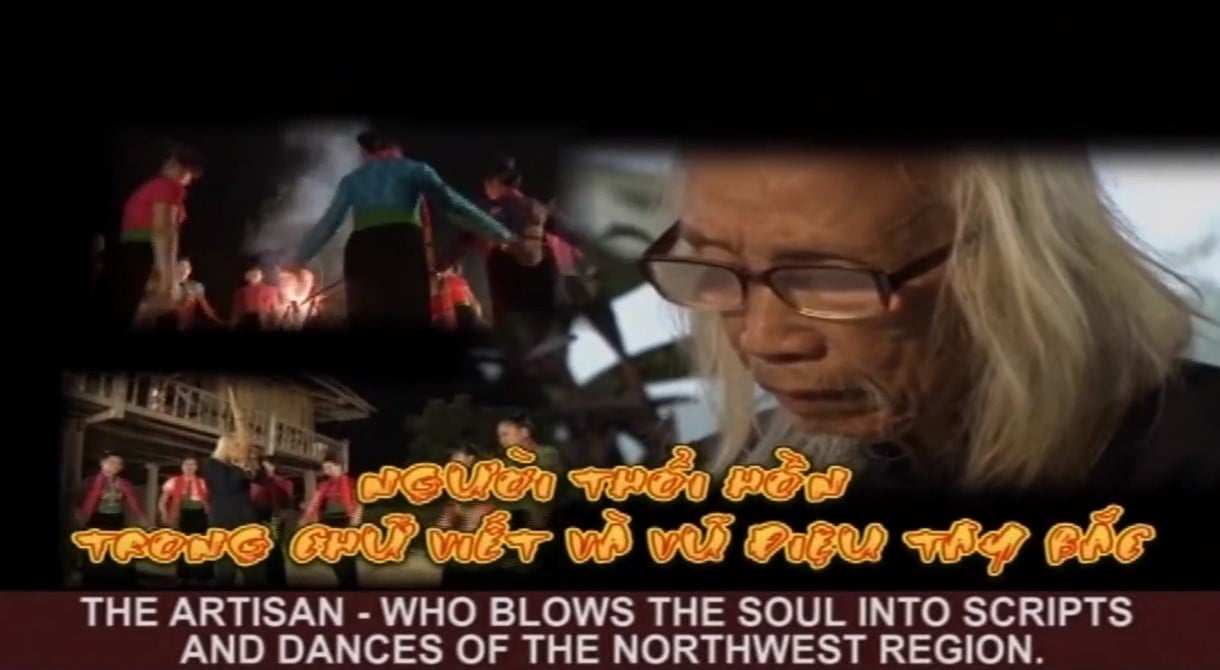




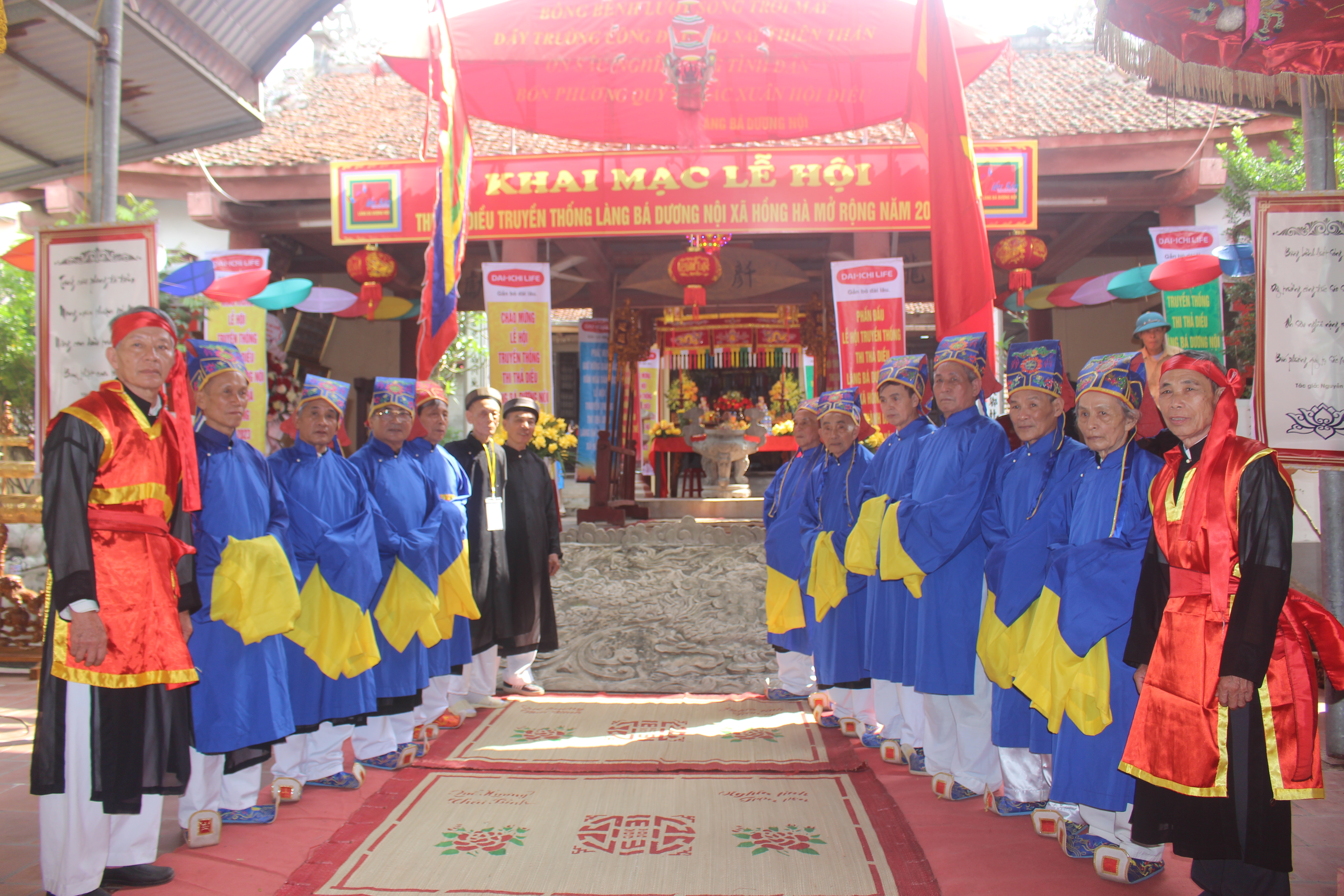

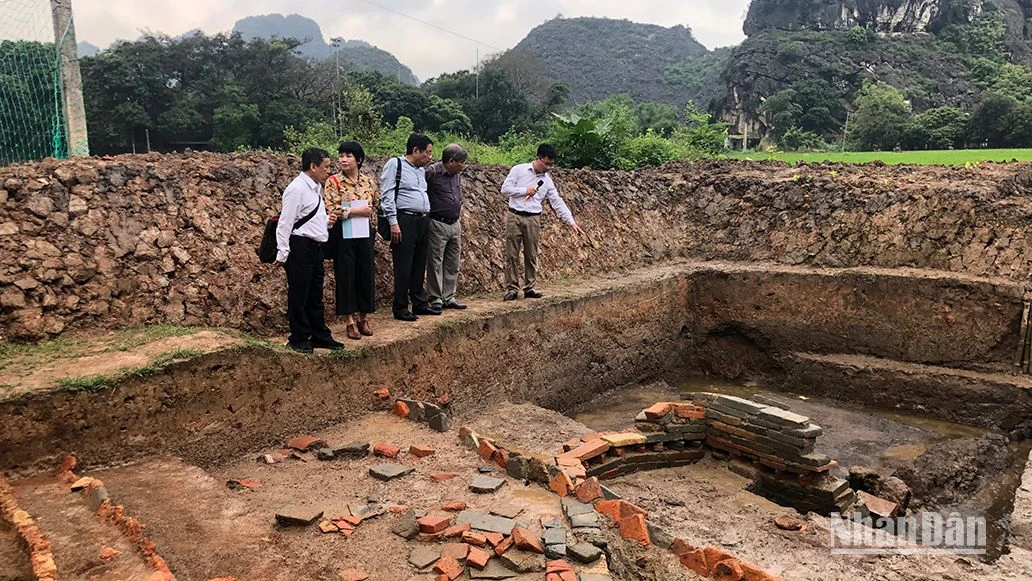



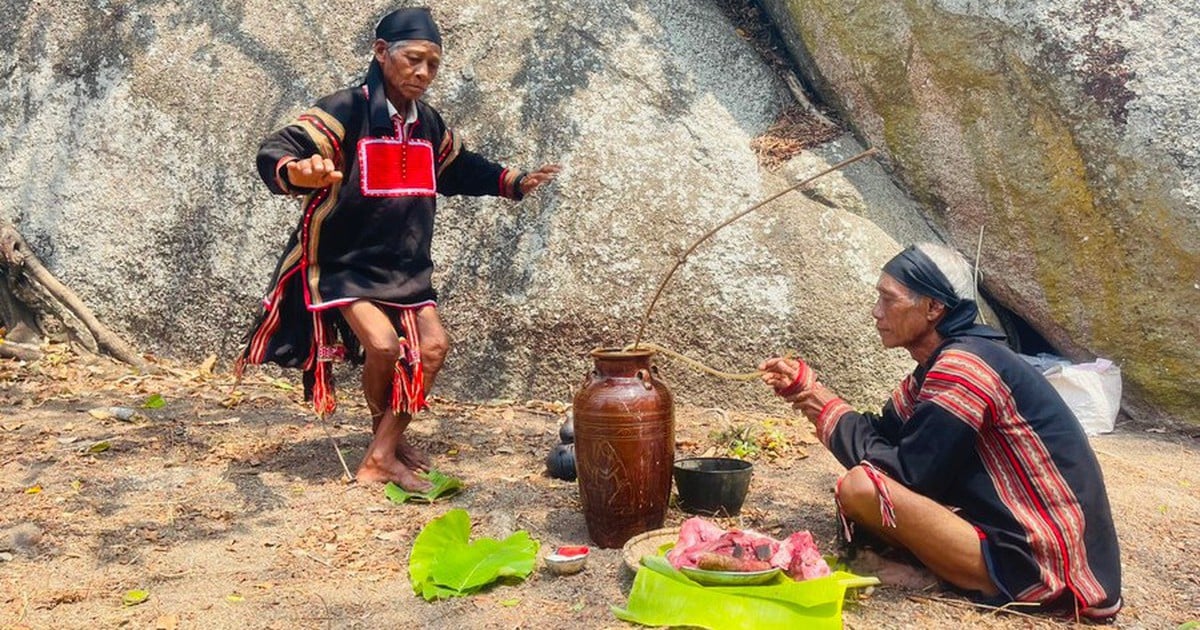

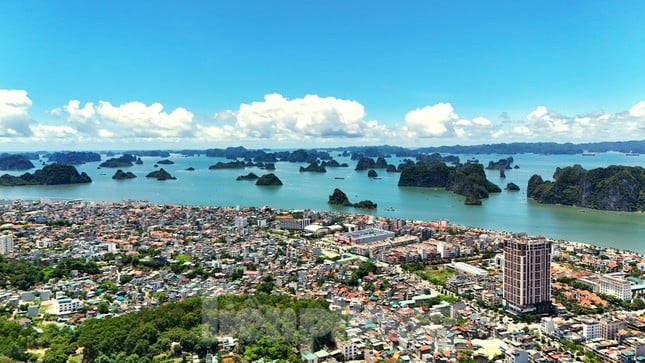

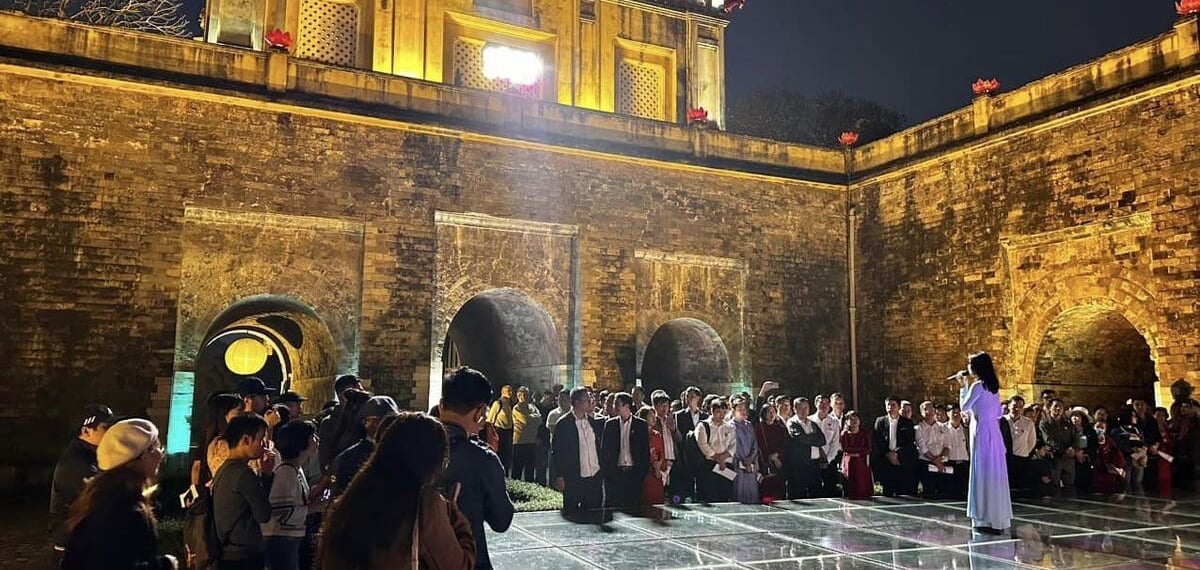


















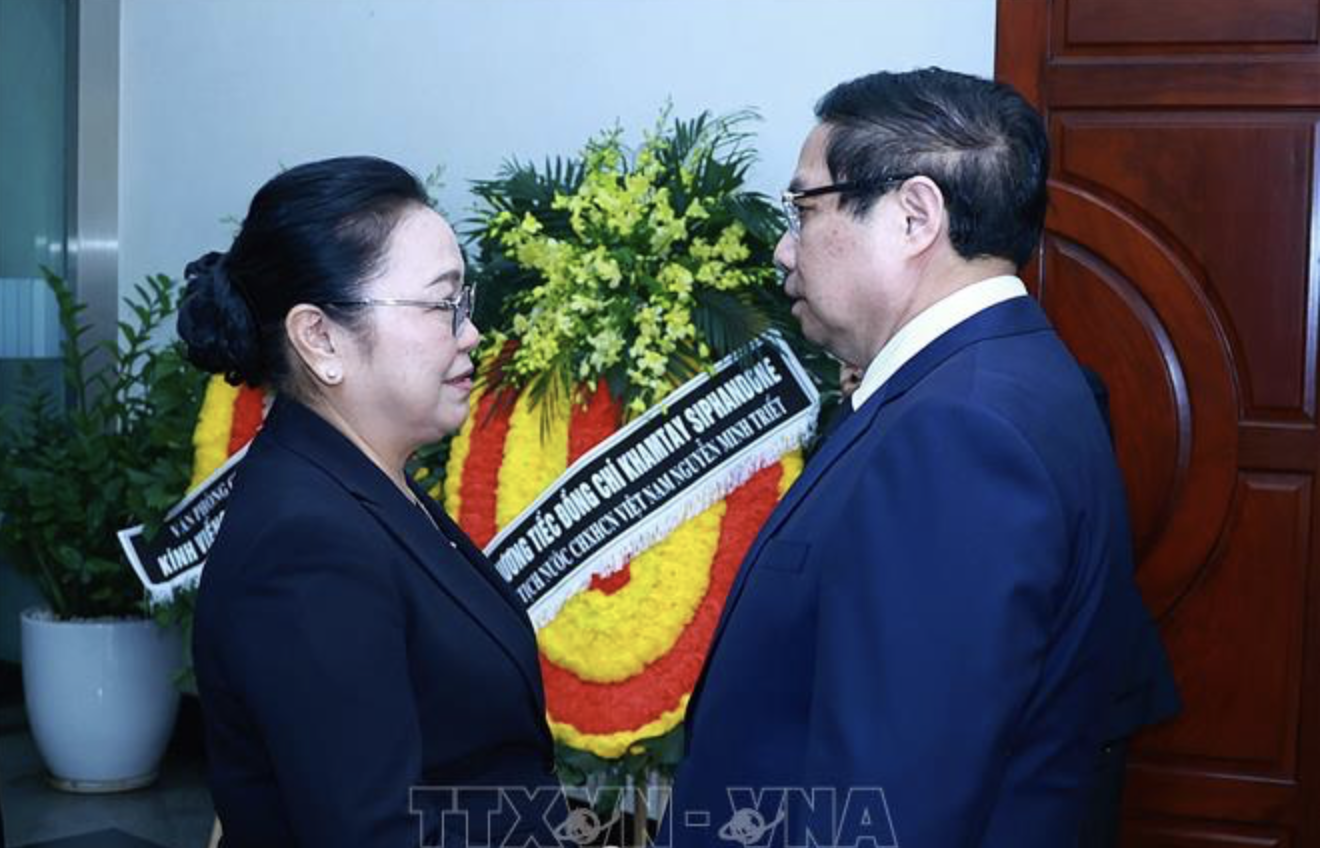










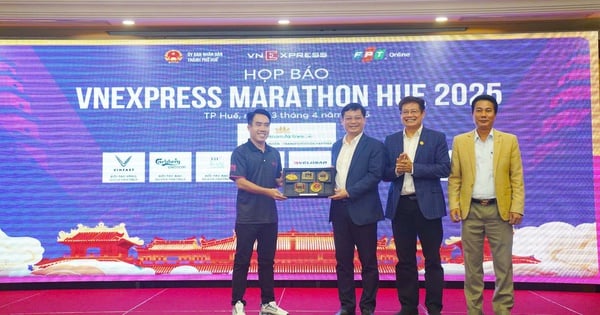
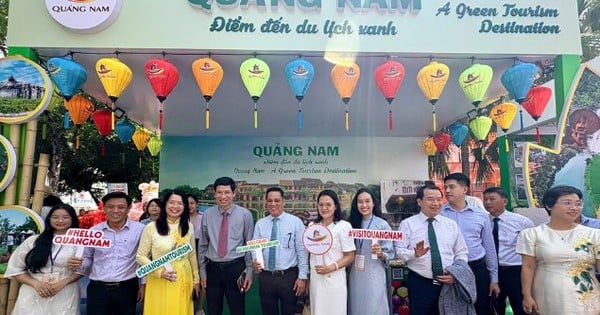


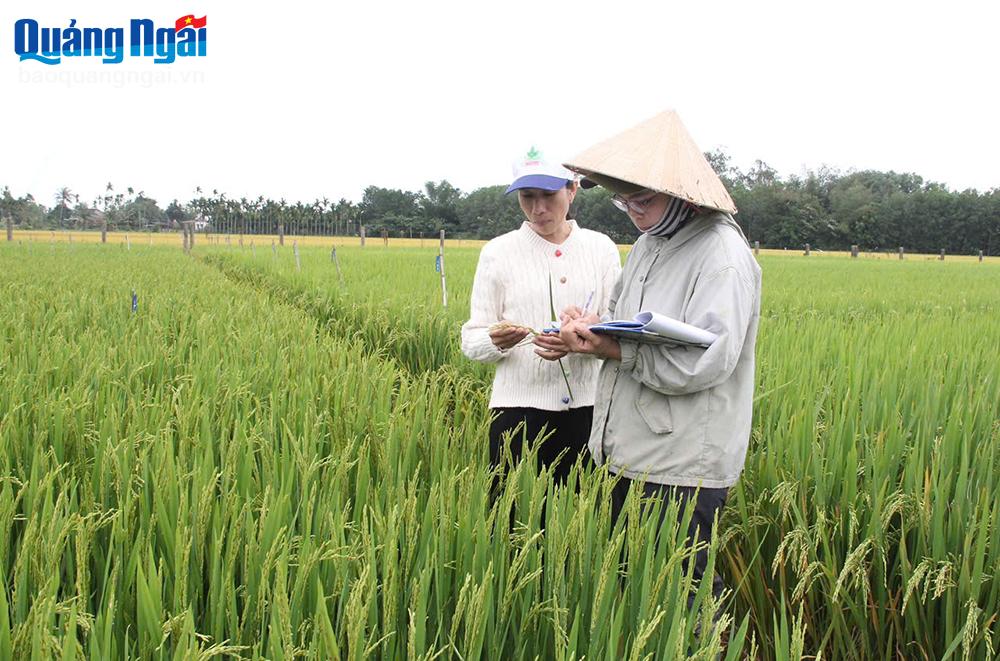


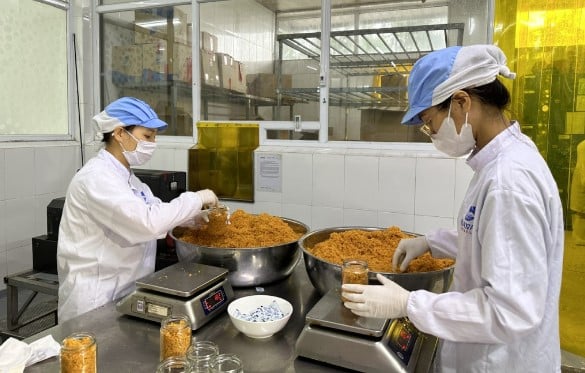




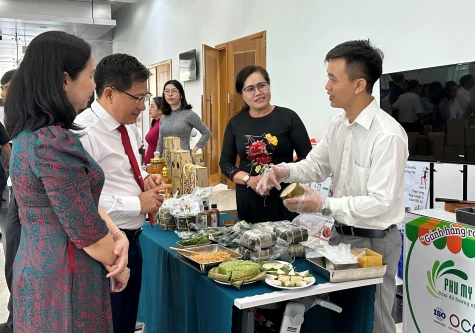



Comment (0)